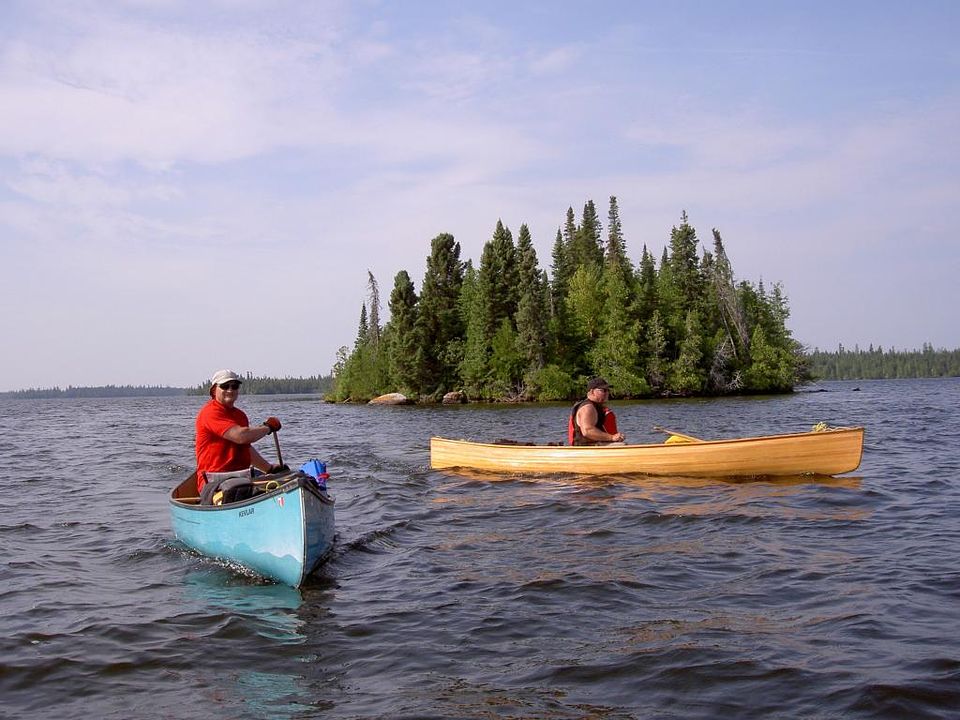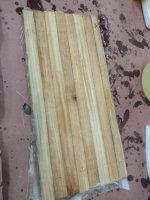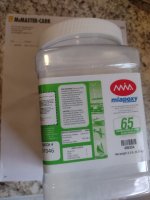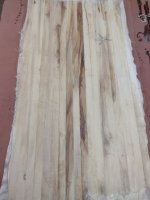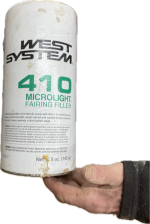A Graphited bottom will certainly reduce the abrasion, maybe increase the speed !
The double layer on the inside, should give you plenty of stiffness.
You certainly don't need to double layer the full inside. Up to about the 2 or 3" waterline, and some up to the sear, in the seat area should work.
I know we are all throwing ideas at you ! Thats up to you, to incorporate the ones you like ! That's how we improve our builds.
Just throwing out another idea here. Has anyone tried pulling a Kevlar copy, off their Raven ?
You could a reduce the weight, by at least 10#.
Easier to port, and it's fun to see the water at the shearline, from inside the canoe.
Build the Raven on the cheap, using one layer in and out of 4oz E-glass, then pull a Kevlar copy from it !
Yes ! Two canoes !
I know there is a cost, and time factor.
I can tell you. You will love a Kevlar copy, of any hull you like !
A very thin, inside strip layer, in the football, works great, to add the stiffness.
Add some aluminum gunnels, flotation chambers, and you will be a Happy Paddler !
From My experience, I've been paddling the Composites a lot more !
Anyway ! This has been a fun thread, and we are all enjoying your build so far !
Thanks !
Jim
The double layer on the inside, should give you plenty of stiffness.
You certainly don't need to double layer the full inside. Up to about the 2 or 3" waterline, and some up to the sear, in the seat area should work.
I know we are all throwing ideas at you ! Thats up to you, to incorporate the ones you like ! That's how we improve our builds.
Just throwing out another idea here. Has anyone tried pulling a Kevlar copy, off their Raven ?
You could a reduce the weight, by at least 10#.
Easier to port, and it's fun to see the water at the shearline, from inside the canoe.
Build the Raven on the cheap, using one layer in and out of 4oz E-glass, then pull a Kevlar copy from it !
Yes ! Two canoes !
I know there is a cost, and time factor.
I can tell you. You will love a Kevlar copy, of any hull you like !
A very thin, inside strip layer, in the football, works great, to add the stiffness.
Add some aluminum gunnels, flotation chambers, and you will be a Happy Paddler !
From My experience, I've been paddling the Composites a lot more !
Anyway ! This has been a fun thread, and we are all enjoying your build so far !
Thanks !
Jim
Last edited:

